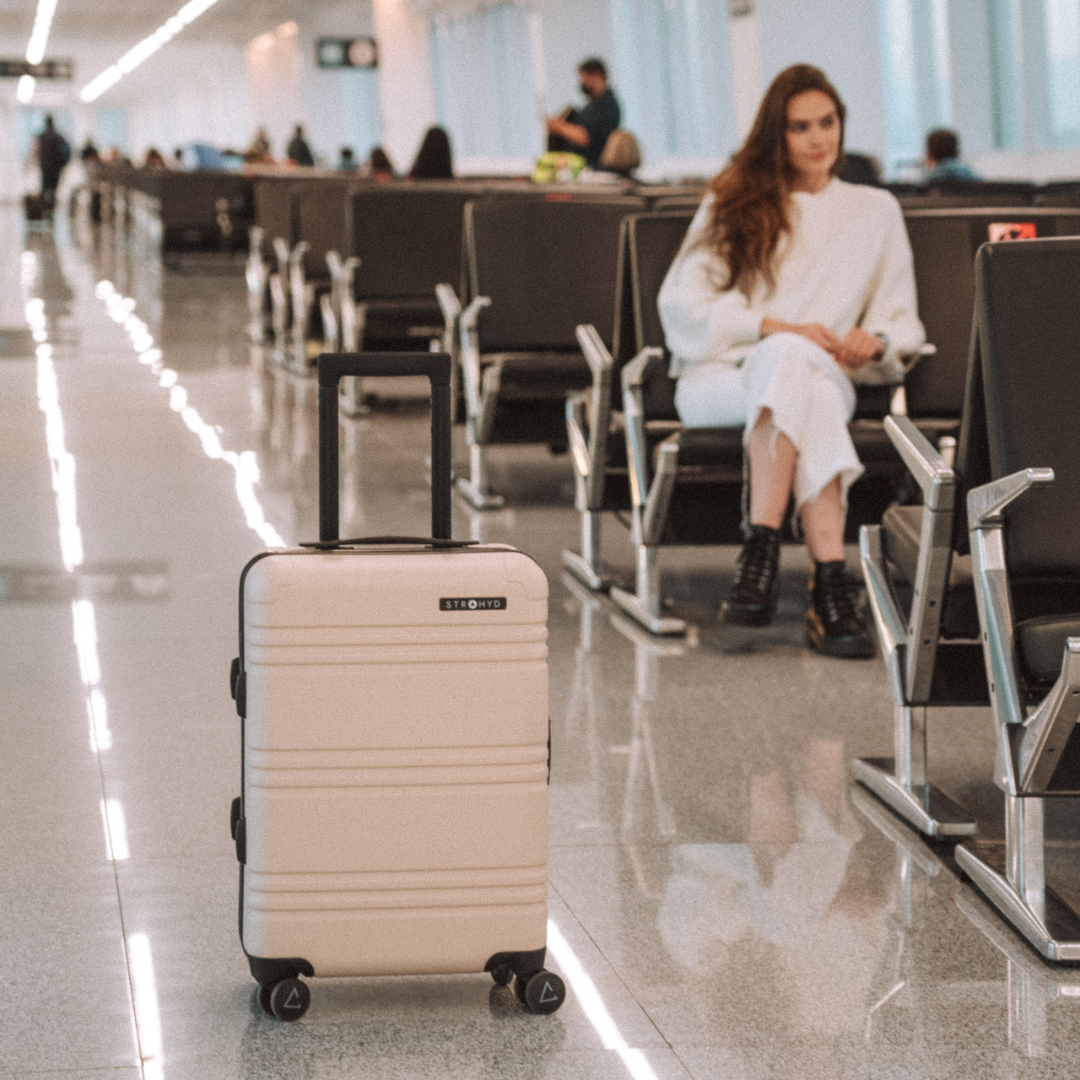Airports are fascinating places full of life and constant movement. But beyond being points of departure and arrival, these places harbor secrets and curiosities that few know . In this article, we'll explore some of the most intriguing airport surprises, from the color of the black boxes to the hidden meaning behind the signage.
-
The black box is not black : Despite their name, the famous "black boxes" are not actually black, but rather orange. This term is used to describe data recording devices on aircraft that record crucial information during flights. The bright orange color makes it easier to find these boxes in the event of an accident, as the contrast with the plane wreckage and surrounding terrain makes it easy to spot.
-
Meaning of signs : Signs at airports not only indicate directions and places, but also have important meaning for staff and passengers. For example, the yellow triangles on the pavement represent the "security zone," which tells airport employees that they are out of the area where planes are moving. In addition, the symbols and shapes used in signage adhere to international standards to ensure universal understanding.
-
Boarding gate identification : Boarding gates at airports often have a number and letter assigned to them, such as gate 15B. Interestingly, the letter "I" is omitted to avoid confusion with the letter "J". This is due to the fact that some letters are pronounced similarly in different languages, so it is chosen to avoid possible misunderstandings. Thus, the letters A, B, C, D, E, F, G, H, J, K, L, M, N, P, and so on, are used to designate boarding gates.
-
Offices and areas not accessible to the public : Behind the airport gates that are generally closed to passengers, are restricted areas and offices vital to the operation of the airport. For example, there are operations rooms where flights are monitored, landings and takeoffs are coordinated, and air traffic management is carried out. In addition, there are also exclusive areas for airlines, where aspects such as aircraft maintenance and route planning are managed.
-
Terminal names : Some airports have curious names for their terminals. For example, London Heathrow International Airport has numbered terminals, but Terminal 5 is known as the "Satellite Terminal" due to its satellite-shaped architectural design, with the main buildings connected by walkways. Likewise, Singapore Changi International Airport has terminals with names like "Terminal 1" and "Terminal 2", but its third terminal is called "Terminal 3" because it is considered a lucky number in Chinese culture, associated with prosperity. and growth.
-
Amazing Art and Exhibits : Many airports around the world are home to fascinating art and exhibits that wow travelers. From modern sculptures to cultural exhibits, these spaces offer a unique experience while you wait for your flight. For example, Denver International Airport features an iconic oversized blue horse sculpture called "Mustang," while Incheon Airport in South Korea has an art gallery with rotating exhibits celebrating Korean culture.
-
Various services and amenities : Modern airports go beyond the traditional duty-free shops and restaurants. Many of them offer amazing services and amenities to make the traveler experience more enjoyable. From spas and yoga rooms to gardens and playgrounds, there are a wide range of options available to relax and entertain before you board the plane.




